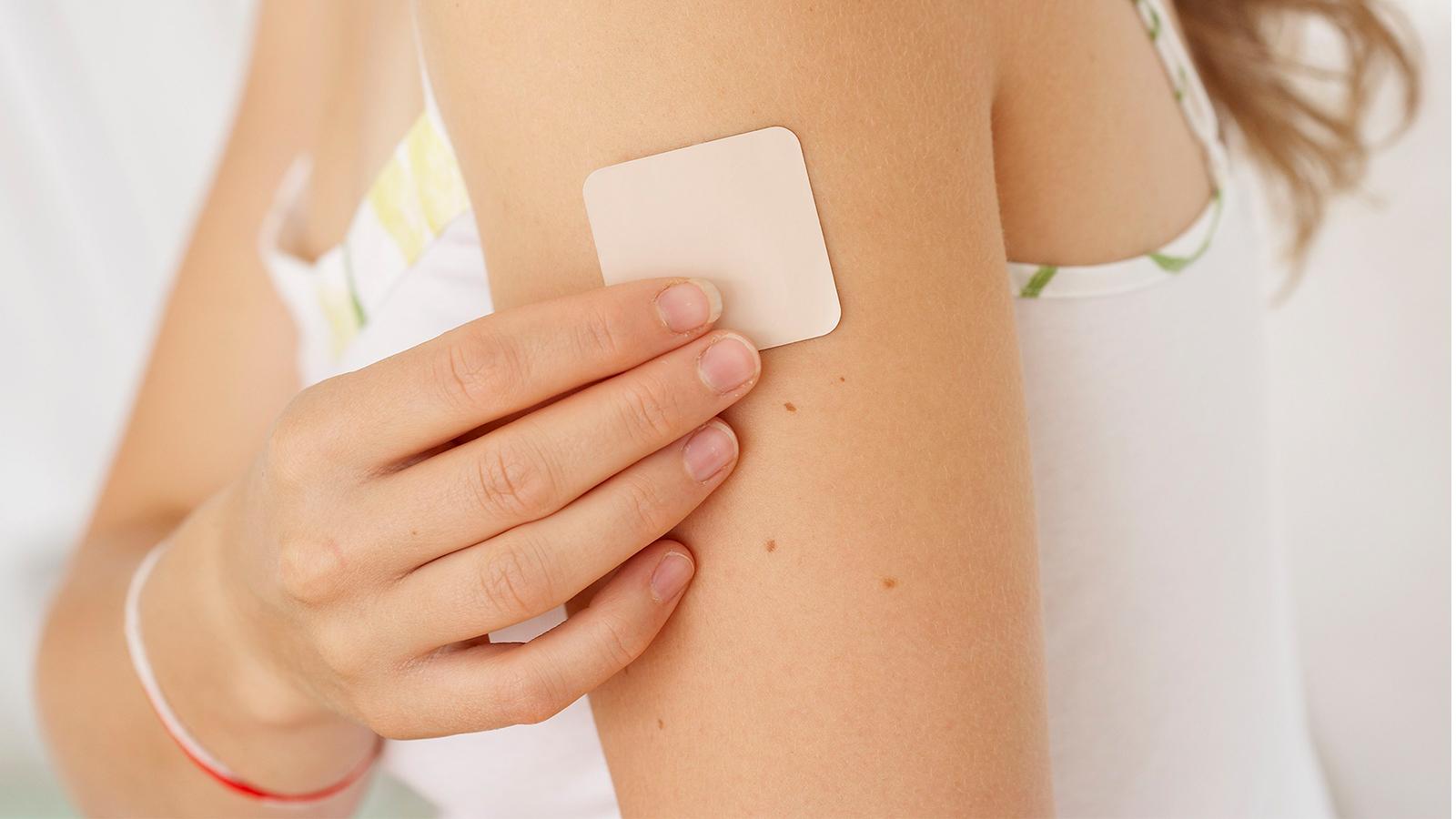Transdermal patches, also known as skin patches, are medicated adhesive patches that are placed on the skin to deliver a dose of medication through the skin and into the bloodstream. Transdermal patches work as an alternative way to take medication by allowing the drug to enter the body through the skin in order to avoid digestion of medications through the gastrointestinal tract and degradation by the liver.
How Do Transdermal Patches Work?
Transdermal patches contain a reservoir of medication suspended in an adhesive matrix or gel that adheres to the skin. The medicine moves from the patch through the layers of the skin and directly into the bloodstream. For Transdermal Skin Patches to deliver medication effectively, the drug within the patch must be able to move (or diffuse) through the various layers of the skin - the stratum corneum, epidermis, and dermis - and then into the capillaries. The rate of diffusion depends on properties like the drug's molecular size and ability to dissolve in fat or oil. The patch itself regulates the flow of the drug through the skin and offers sustained release over a specific timeframe, typically between 24-168 hours.
Main Components of a Transdermal Patch
All transdermal patches consist of three main components - the backing membrane, drug reservoir, and release membrane. The backing membrane is placed against the skin and is impermeable to prevent drug contents from escaping. It provides the patch with structural integrity and flexibility. The drug reservoir layer contains the medication suspended or dissolved in a gel or oil and determines how long the patch will deliver medication for. The release membrane controls the rate of drug diffusion through the skin and is usually made of a semipermeable plastic film.
Common Medications Delivered via Transdermal Patch
Some common drugs delivered transdermally include:
- Nicotine patches for smoking cessation therapy. They provide consistent nicotine levels to reduce cravings.
- Hormone replacement therapy patches for menopausal symptoms relief containing estradiol or testosterone.
- Scopolamine patches for motion sickness prevention.
- Fentanyl patches for chronic pain management in conditions like arthritis. They offer around 3 days of sustained opioid release.
- Nitroglycerin patches for angina relief by dilating blood vessels and increasing blood flow to the heart.
Advantages of Transdermal Patches
Transdermal patches have various benefits over other dosage forms:
- Convenient and easy once weekly or once monthly application minimizes dosing frequency compared to pills or injections.
- Provide sustained and controlled drug delivery levels in the bloodstream over time for medications requiring continual therapy.
- Avoid first-pass metabolism through the liver which helps improve bioavailability for some drugs.
- More comfortable and discreet than oral medications reducing treatment stigmas.
- Increased patient compliance with therapy due to simple application and long-lasting effects.
- Can terminate drug delivery quickly by removal of patch if any adverse effects occur.
- Self-administration of medications outside of a clinical setting improves convenience.
- Suitable for patients who have difficulty swallowing or retaining oral medications like the elderly.
Disadvantages of Transdermal Patches
Some potential limitations of transdermal patches include:
- Site of application issues such as skin irritation, itching or redness caused by adhesive or ingredients.
- Individual differences in skin absorption rates may influence overall drug delivery between patients.
- Storage and handling problems due to adhesive patches losing integrity or drug content leaking out at elevated temperatures over time.
- Currently limited to treatment of conditions requiring systemic drug levels over longer periods rather than acute/emergency therapy.
- Higher initial costs than generic oral medications which may limit patient access in some cases.
- Drugs must have appropriate size and formulation properties to traverse the layers of the skin for absorption. Not suitable for all medications.
Future Directions
Areas of ongoing transdermal patch research focus on expanding treatment of chronic diseases, pain management, infection therapy and emergency applications. Nanotechnology formulations aim to safely increase skin permeability for larger drug molecules. Combined drug delivery systems and smart patches triggered by environmental stimuli also show promise. Overall, transdermal patches represent a convenient long-term drug delivery method set to evolve further.
Get more insights on This Topic- Transdermal Skin Patches
Explore More Articles - Assessment Services Market
